Draconic is the name given to those cultures that have developed around the existence of dragons. These cultures revolve around the magic beasts and not only respect them, but also constantly study and interact with them.
It is argued that this is the culture from which all others originated.
Origin
Draconic cultures are one of the three base cultures in the world, and it is rumored that it was the first ever culture to appear.
There is no exact proof of when exactly this culture developed, but what little documents about it that are available suggest that it was officially formed when human beings started forming groups to defend themselves from dragons.
It is important to note that, like any other cultures, it is not exclusive to one place. In fact, because these types of groups have appeared all over the world throughout history, many of them have very different origins. However, what is most important is that, through one way or another, they slowly overcame this fear and began respecting dragons instead.
Around the world
Eastern cultures
Despite its origins, humans slowly went from fearing dragons to understanding them. This was possible after several encounters with small wild dragons. Most of the times, humans would attack, but they slowly began to realize that they were the ones starting the conflict. Thus, they stopped attacking dragons on sight, and instead chose to behave carefully around them.
Soon enough, dragons started to trust humans as well, though never really interacting with them.
Without realizing, those humans started to adapt their traditions around them. They knew that when several groups of dragons started flying northwards, it was because cold weathers were approaching; and that if there were more dragons than usual, it was the best time for agriculture.
This change was also reflected in their architecture: the shape of their houses slowly changed. They became bigger and more pentagonal shaped, and the roofs usually had a window or two in order to properly admire the sky.
Towns and villages also started to have more buildings dedicated to dragons, ranging from resting places for dragons to rather big areas where dragons could enjoy themselves. To their surprise, dragons were thankful for these changes, and began to be less avoiding of humans.
People started caring about dragons. They were constantly studying and observing them. They trusted dragons in ways that other cultures may have deemed foolish. Everything they did revolved around dragons.
And because they had observed dragons so much, they started noticing that each species faced battles in different ways. They figured out the patterns of some of these species and adapted them into their own fighting style. Their weapons became more artistic.
These villages started using different sorts of tints to paint their faces whenever they went away to hunt for food. This paint came from berries or other types of fruit, but also from clay or wood charcoal.
This art had a meaning, because whoever used it was representing their village and their customs, and thus, was expected to behave accordingly.
Overall, it is argued that the draconic villages of the east are the most devoted to dragons, because they made them an important part of their culture.
Southern cultures
These cultures originated in a similar fashion to the eastern cultures, only that more aggresively. The first encounters these humans had with dragons were, in fact, about attempting to impose themselves as a dominant species.
It took them a few encounters to realize that they were in the same level. In fact, they soon started to admire dragons, because they started to realize just how fantastic these creatures were.
Unlike those on the east, this dedication to dragons was about working alongside them, instead of seeing them as superior beings. Thus, it could be argued that dragons weren't as important for these people, and their activities didn't revolve around them.
These villages, however, also used facial paint. In fact, because of the wide variety of resources available in that part of the world, they were more inclined towards artistic disciplines. Thus, their own facial paint is much more colorful and has deeper meaning that that which is used on the west.
They realized that using other materials, such as feathers or leaves, was useful to achieve certain effects. However, these were reserved to only the Chief and/or members who had done great things for their village.
The mainly used colors were red and white, which they got from fruits and/or rocks respectively, but sometimes blue and black, whcih were used for special ocassions, were also displayed by the villagers.
Even though these cultures were never too focused on dragons, they cared about them. Because of their artistic inclinations, several paintings and songs were made in their honor. One of them is based on a famous encounter between a Hynd and a [Salamander] dragon. The people who witnessed this confrontation were astonished by how beautifully the dragons were flying across the sky even during combat.
Dragons became a symbol of what humankind had to aspire to be. They saw them as elegant and worthy of respect, not to mention how they seemed to have infinite wisdom.
Some of their pieces of clothing feature one or more drawings of dragons. This is to show how much they respect these creatures.
It is said that the myth of The Painter of Galaxies was created in one of these cultures.
Northwest cultures
These villages were originally at the bottom of the mountains, but found out that they'd be closer to dragons if they went towards the top of the mountain.
Because of this, they are better informed about dragons' habits and behaviors, as they're able to see them daily.
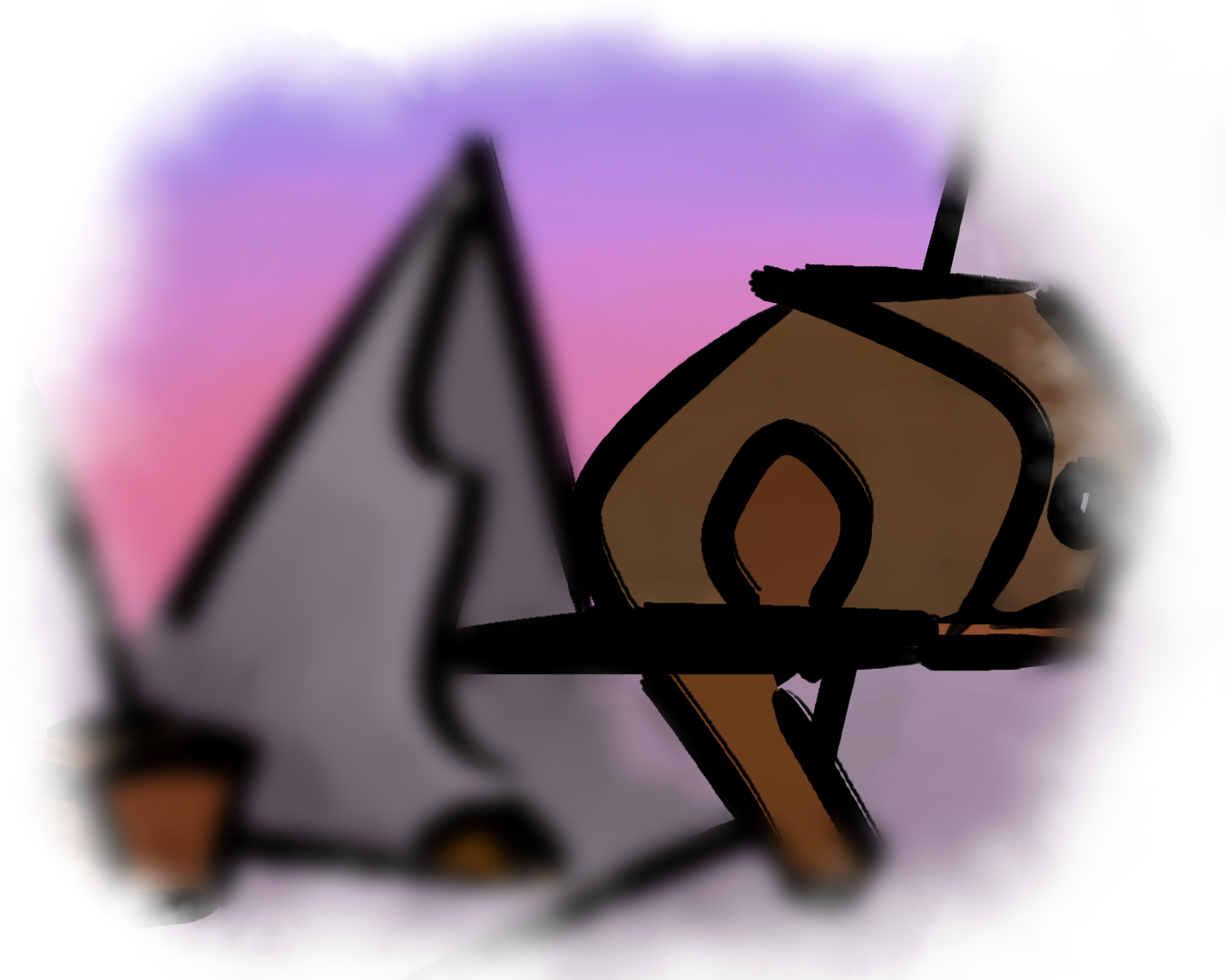
Northern village concept by Pierrot Much like eastern cultures, these villages have adapted their routine to dragons - they know when winter or summer will come based on the dragons that arrive or leave the mountains.
They have also gotten used to protecting dragons - particularly hatchlings. This is because of how dangerous it is for little dragons, especially Infelix dragons, to roam around the mountains, so they're always on the lookout for any dragon in distress. They haven't built anything for dragons to feel at home in their villages, however.
In fact, because dragon nests in this area are in constant danger, the coming of age ritual consists of having the soon-to-become adults deliver back fallen eggs to their nests.
Their architecture is quite unique: unlike eastern or southern cultures, they do not have any rules when it comes to building. As long as it accomodates whoever will live in it, it's ok. Something particularly common is houses on cliffsides, which are built solely for aesthetic purposes.
The houses are built mostly with wood, though sometimes there's also stone used for the roofs or the foundations.
Clothing
On this particular subject, for some reason every culture seems to have the same taste in clothing. Their clothes are made of wool and, sometimes, leather.
What changes the most across each culture are the accesories, which may or may not have a meaning, and are mostly reserved to the Chief. The Chief also wears special clothing to distinguish themselves from the rest of the village
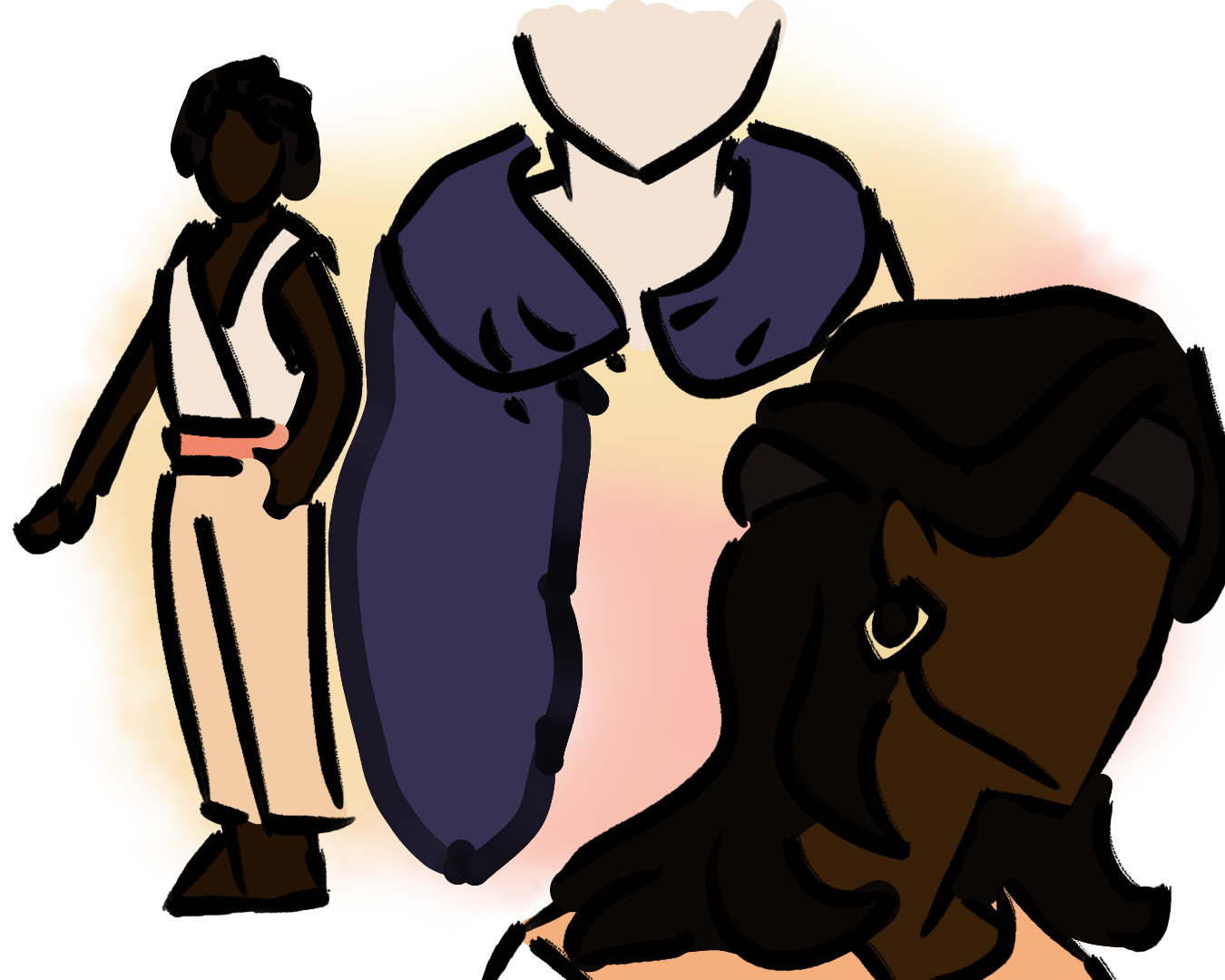
Clothing across different cultures (eastern, left; south, right; northwest, top) by Pierrot Northeastern cultures have a second set of clothing which better protects them during the harsh winters on the mountains.
Coming of age
Each culture has a different method of deciding when a person becomes an adult. This usually happens sometime after the person turns 20
Eastern
Those who are about to reach adulthood are called to the center of the village, where they will promise to always protect their village and never do anything that will damage dragons. If completed successfully, they will be given a bracelet as a gift for turning into an adult.
Southern
By the end of spring, the youth will be asked to reunite by the center of the village, where the elders will give them marks based on their most prominent virtue.
They will also be given a mark on their chest which means wisdom.

Wisdom mark, one that each member must give themselves by Pierrot Northwest
As mentioned earlier, the mountains are dangerous places for dragon nests. As a result, dragon eggs fall from their nests from time to time. Since dragons lay eggs on winter, this is the season chosen to carry out the coming of age ceremony.
Those who are about to become adults are given the task to safely bring back the egg to its nest. To prevent them from cheating, other adults will be near the nests to make sure the eggs are delivered safely. When the members arrive, they will be given a bracelet to prove that they have successfully completed the task.
Customs
These are common across all cultures, though they may vary.
Mushroom stew
It's a simple dish: it requires a few mushrooms, vegetables and boiling water. It is usually reserved for special ocassions, but it hasn't got any restrictions.
Dragon dance ceremony
A week long festival that takes place only on the south. During that time, tales are told about that day. It features music and art representing that fantastic encounter between two dragons.
At the end of the week, during sunset, two previously chosen young adults will perform, mimicking the battle and using decorated sticks to represent the fire, and masks to represent the dragons.
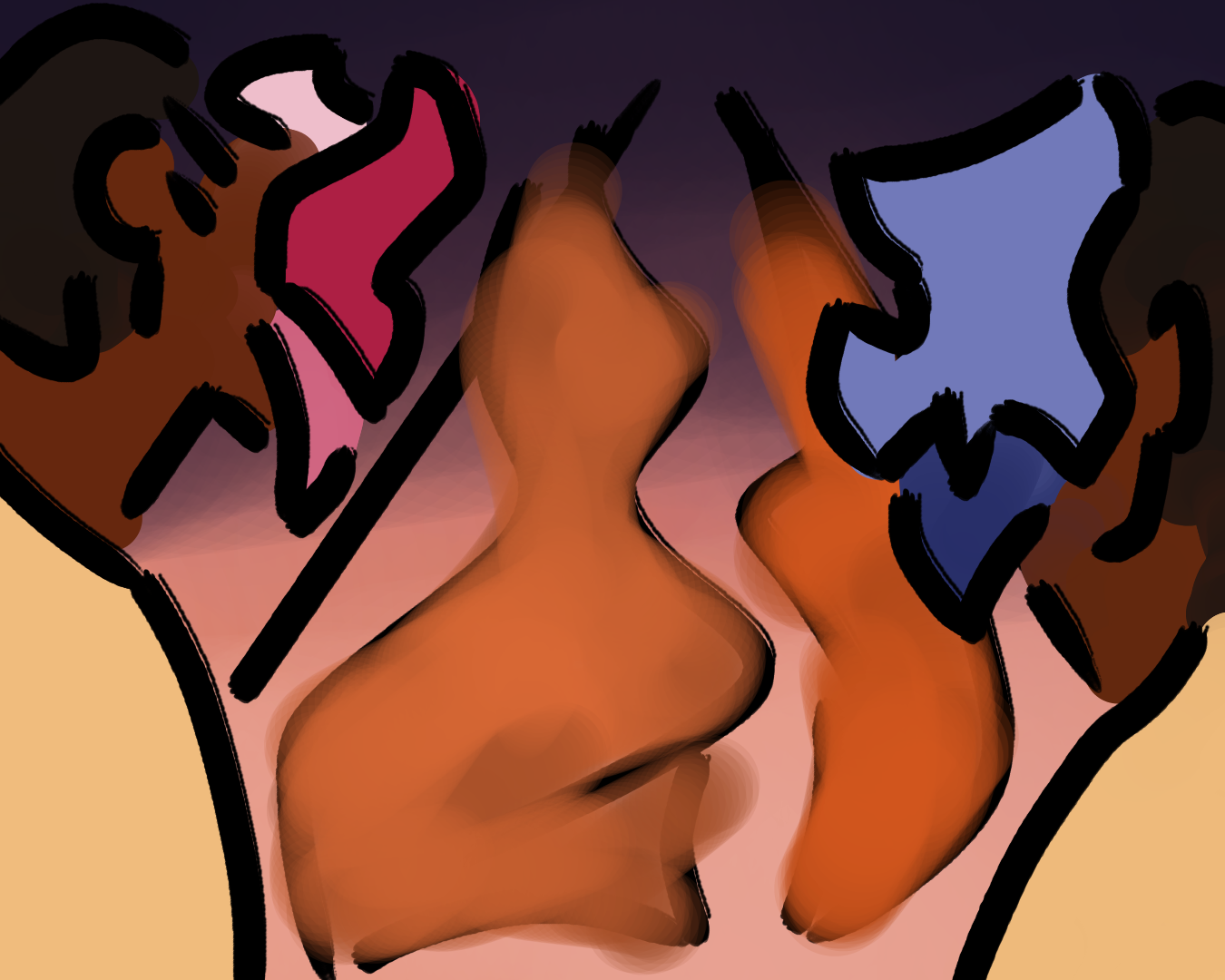
Dance of the dragons ceremony concept by Pierrot 
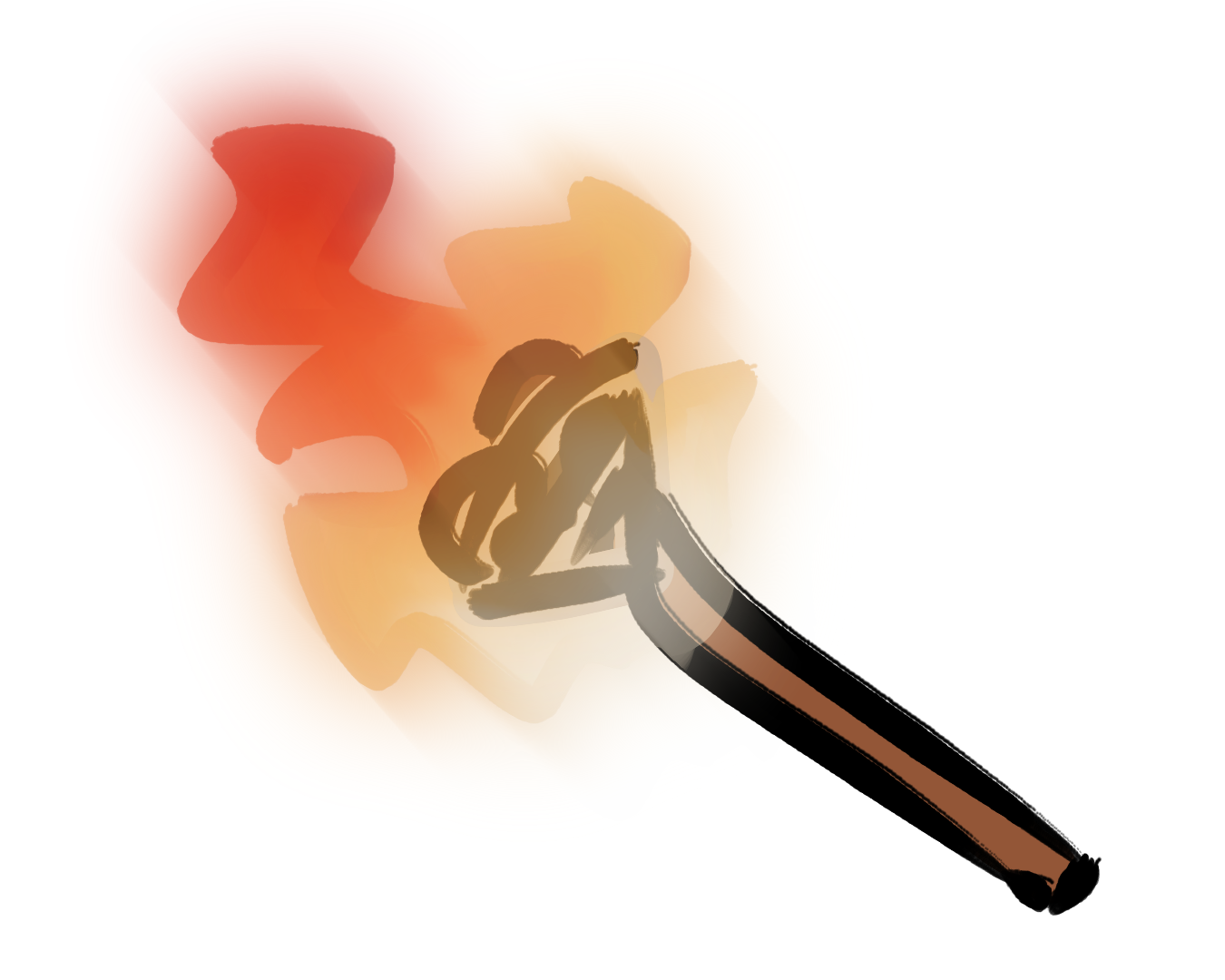



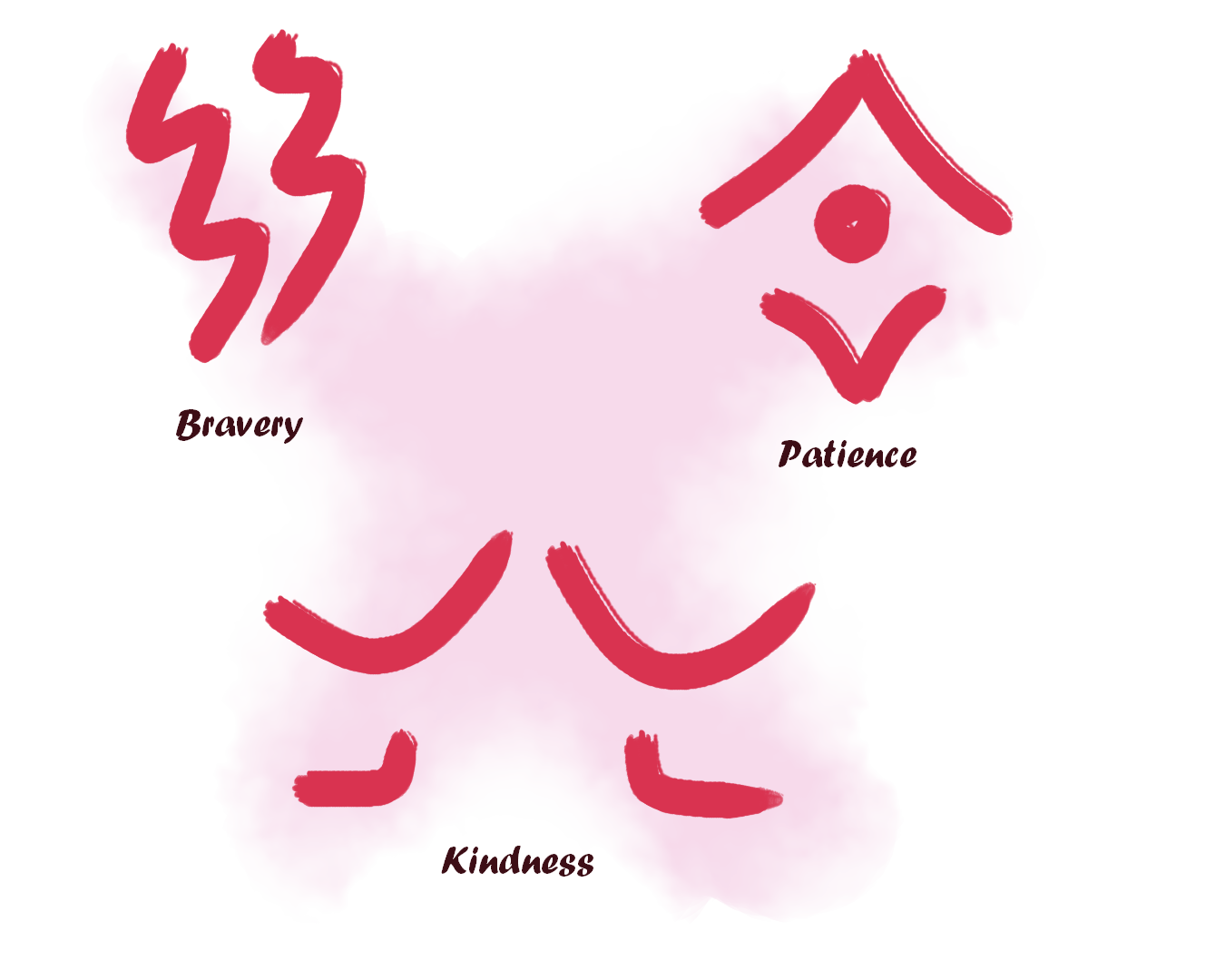




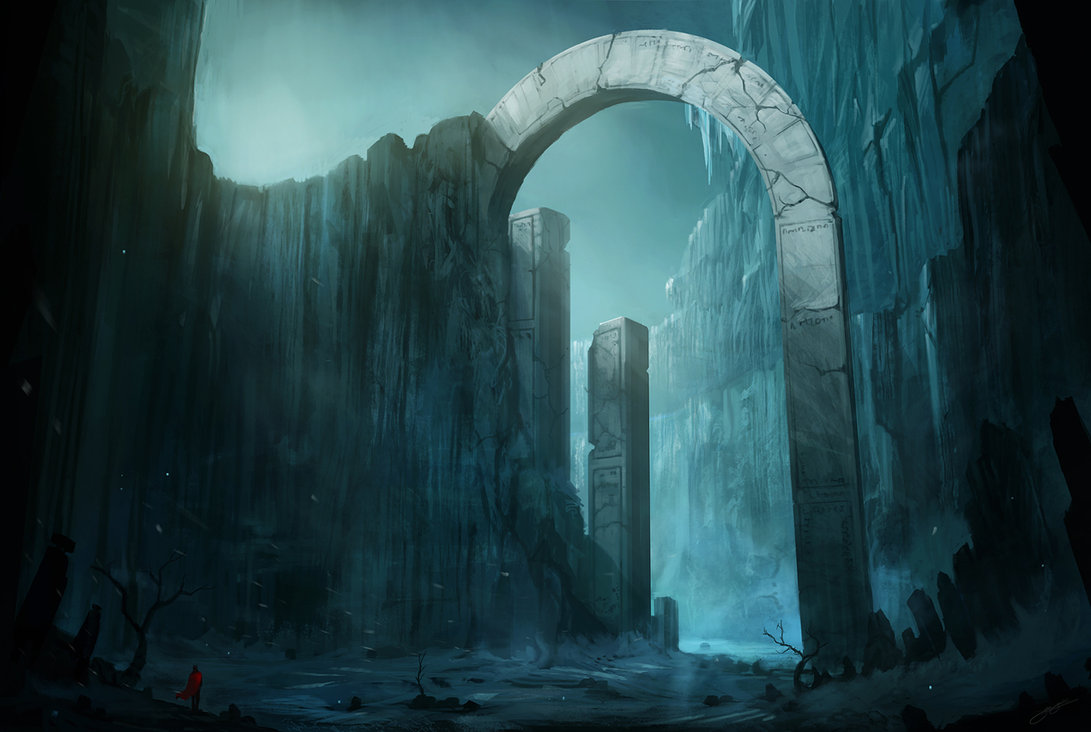



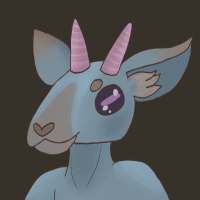






Very cool! I love all the little details - colours of facial paint etc. - and the really interesting histories that go into each culture's relationship with dragons. The art's pretty great as well. Awesome article!
Thank youu!